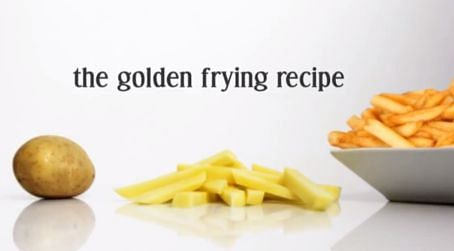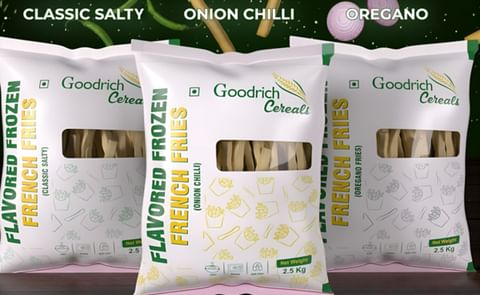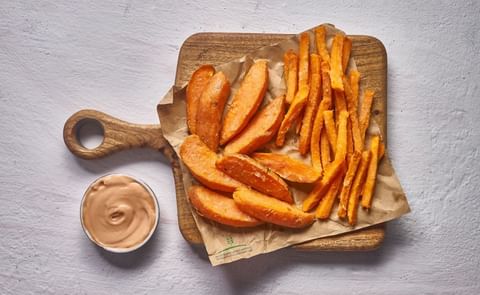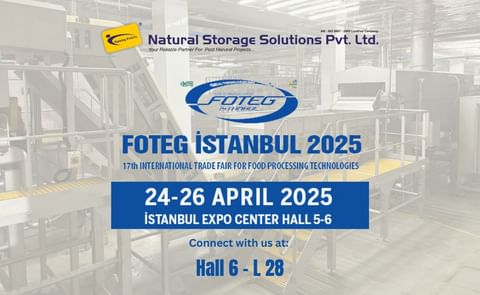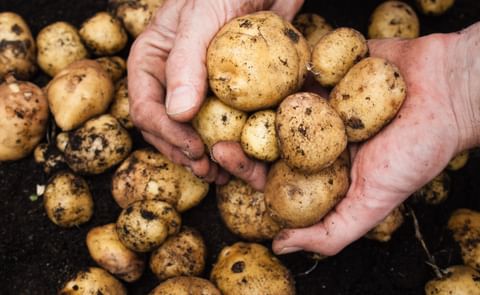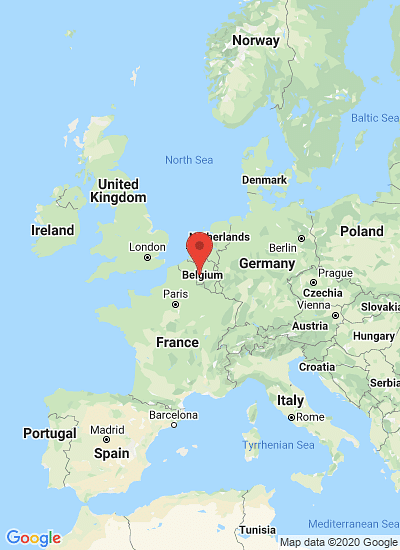In April 2002, authorities, food industry, caterers and consumers were confronted by the unexpected finding that a number of heated foods contained significant levels of acrylamide, a substance known until then only as a highly reactive industrial chemical, present also at low levels for example in tobacco smoke.
The latest JECFA evaluation of acrylamide published in 2010 confirmed the previous evaluations and concluded that a human health concern is indicated.
However, JECFA also concluded that more data is needed to better estimate the risk from food consumption.
A wide range of cooked foods – prepared industrially, in catering, or at home – contain acrylamide at levels between a few parts per billion (ppb, µg/kg) and in excess of 1000 ppb. The list includes staple foods like bread, fried potatoes and coffee as well as speciality products like potato crisps, biscuits, crisp bread, and a range of other heat-processed products.
It is now known that acrylamide is a common reaction product generated in a wide range of cooking processes, and that it has been present in human foods and diets probably since man has cooked food.
FoodDrinkEurope plays a key role in supporting the food industry and its members to help mitigate acrylamide in food manufacturing. The organisation originally formed an expert group in 2003 to share research and share information on how best to mitigate acrylamide levels in food. The group first created the ’Acrylamide Toolbox’, a resource that provides operators with the latest findings and best practice needed to reduce acrylamide in foods.
This Toolbox has been updated in September 2011 and will be continuously adapted as science progresses. In June 2012 FoodDrinkEurope have published five revised pamphlets setting out the latest tools, proven to be effective at industrial level, to help Europe’s food and drink sectors mitigate acrylamide formation in certain food products.
Efforts of food industry are on-going, as in many cases there are no easy (single) solutions due to the complexity of factors to be considered. This requires further research, which also includes work with academics.
The efforts of the potato sector.
As acrylamide is an important concern for consumers, authorities and the European Potato Processors, the EUPPA members have intensively worked on this issue since its discovery in 2002 :
- Listing and application of tools as indicated in the FoodDrinkEurope Toolbox, revision n° 13 published on 30th September 2011.
- Provided input for March 2009 meeting Codex Code of Practice for acrylamide reduction in potato products.
- Created sector pamphlets ‘how to reduce acrylamide in pre-fried potato products like French fries’, to widely share knowledge with SME’s on proven tools for use at industrial level;the pamphlets were updated in February 2009 and January 2012.
- Initiated sector questionnaires, to verify the awareness &actual implementation of these tools in practice;these were send to European Potato Processors in 2006, 2008 and 2010, analysed and reported to FoodDrinkEurope and the Commission.
- Initiated 2,5 years independent research at Ghent University to further investigate acrylamide mitigation tools in lab trials and verify at industrial scale.
- Organized an webinar training for all potato processors (targeting SME’s), to actively share our knowledge of acrylamide and FDE toolbox and promote further use of the pamphlets.
- Initiated and/or attended meetings with the EU Commission on regular basis to share actions and results.
As frozen and fresh French fries are sold as a semi-finished product, it is the professional cook or end user at home doing the final frying, who makes the biggest impact on acrylamide formation in the product as consumed. As of 2004, the European potato processors have voluntarily adjusted the cooking instructions on their packaging to provide end users with the optimal cooking conditions to limit the formation of acrylamide. In 2011, however, we felt we needed to support our end users with an additional communication tool on how to prepare French fries: the creation of a special website www.goodfries.eu.
The main feature of the website is a short and simple instruction video with useful tips. These tips can be downloaded using the fact sheets for both professional and home cooks.
The website has been set up in 27 languages: Arabic, Bulgarian, Croatian, Czech, Danish, Dutch, English, Estonian, Finnish, French, German, Greek, Hungarian, Italian, Latvian, Lithuanian, Norwegian, Polish, Portuguese, Romanian, Russian, Serbian, Slovak, Slovenian, Spanish and Swedish and Turkish.
The website will be promoted via the press, sector organisations and the web address will also be mentioned in the future on packed frozen and chilled prefried potato products. An especially designed logo and QR code can be freely used by producers, co-packers, food service or retailers.


